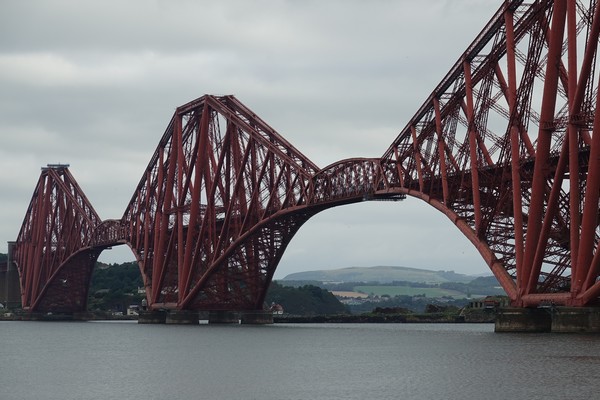Topics:
1. Introduction, technical infrastructure, technical equipment, relations in the environment, terminology
2. Water supply - concept, drinking water, utility, water sources, water accumulation, pumping stations, water distribution.
3. Water supply networks - design principles, materials, objects,
4. Sewerage - types of sewage, drainage and sewage treatment concepts, sewage.
5. Sewer networks - design principles, materials, objects,
6. Principles of dealing with precipitation water issues
7. Gas supply - concepts, types of heating gases and their sources, gas reservoirs, gas distribution to consumers.
8. Gas pipelines - Design principles, materials, objects, gas pipelines.
9. Heat supply - concepts, heat sources, types of heat media, heat distribution to consumers.
10. Heat conduits - material, objects, primary and secondary distribution and connection to objects.
12. Power supply - concepts, types of electrical systems, power distribution.
13. Communication lines, renewable energy sources, pipelines. Solutions to coordination of technical infrastructure
Topics Exercises:
1. Mutual relations of technical infrastructure, experience and questions about the operation of the technical infrastructure.
2. Basic calculations of requirements for water sources and their distribution networks, pressure conditions of water in the network.
3. Technical sketches of basic objects and water supply lines.
4. Basic calculations of waste water discharge requirements.
5. Technical sketches of basic objects and sewer materials
6. Basic calculations of the requirements for gas supply and their distribution networks. Pressure ratios of medium pressure and low pressure pipeline networks.
7. Technical sketches of the main gas pipeline objects and materials.
8. Basic calculations of heat supply requirements.
9. Technical drawings of main objects and materials of heat distribution.
10. Basic calculations of the requirements for electricity supply, distribution parameters.
11.Technical sketches of electrical wiring and objects according to their types. Protective bands of technical equipment.
12. Processing of the semester work - TI objects in relation to the urbanized area + protection zones
13. Principles of spatial layout of lines and technical infrastructure objects.
1. Introduction, technical infrastructure, technical equipment, relations in the environment, terminology
2. Water supply - concept, drinking water, utility, water sources, water accumulation, pumping stations, water distribution.
3. Water supply networks - design principles, materials, objects,
4. Sewerage - types of sewage, drainage and sewage treatment concepts, sewage.
5. Sewer networks - design principles, materials, objects,
6. Principles of dealing with precipitation water issues
7. Gas supply - concepts, types of heating gases and their sources, gas reservoirs, gas distribution to consumers.
8. Gas pipelines - Design principles, materials, objects, gas pipelines.
9. Heat supply - concepts, heat sources, types of heat media, heat distribution to consumers.
10. Heat conduits - material, objects, primary and secondary distribution and connection to objects.
12. Power supply - concepts, types of electrical systems, power distribution.
13. Communication lines, renewable energy sources, pipelines. Solutions to coordination of technical infrastructure
Topics Exercises:
1. Mutual relations of technical infrastructure, experience and questions about the operation of the technical infrastructure.
2. Basic calculations of requirements for water sources and their distribution networks, pressure conditions of water in the network.
3. Technical sketches of basic objects and water supply lines.
4. Basic calculations of waste water discharge requirements.
5. Technical sketches of basic objects and sewer materials
6. Basic calculations of the requirements for gas supply and their distribution networks. Pressure ratios of medium pressure and low pressure pipeline networks.
7. Technical sketches of the main gas pipeline objects and materials.
8. Basic calculations of heat supply requirements.
9. Technical drawings of main objects and materials of heat distribution.
10. Basic calculations of the requirements for electricity supply, distribution parameters.
11.Technical sketches of electrical wiring and objects according to their types. Protective bands of technical equipment.
12. Processing of the semester work - TI objects in relation to the urbanized area + protection zones
13. Principles of spatial layout of lines and technical infrastructure objects.
